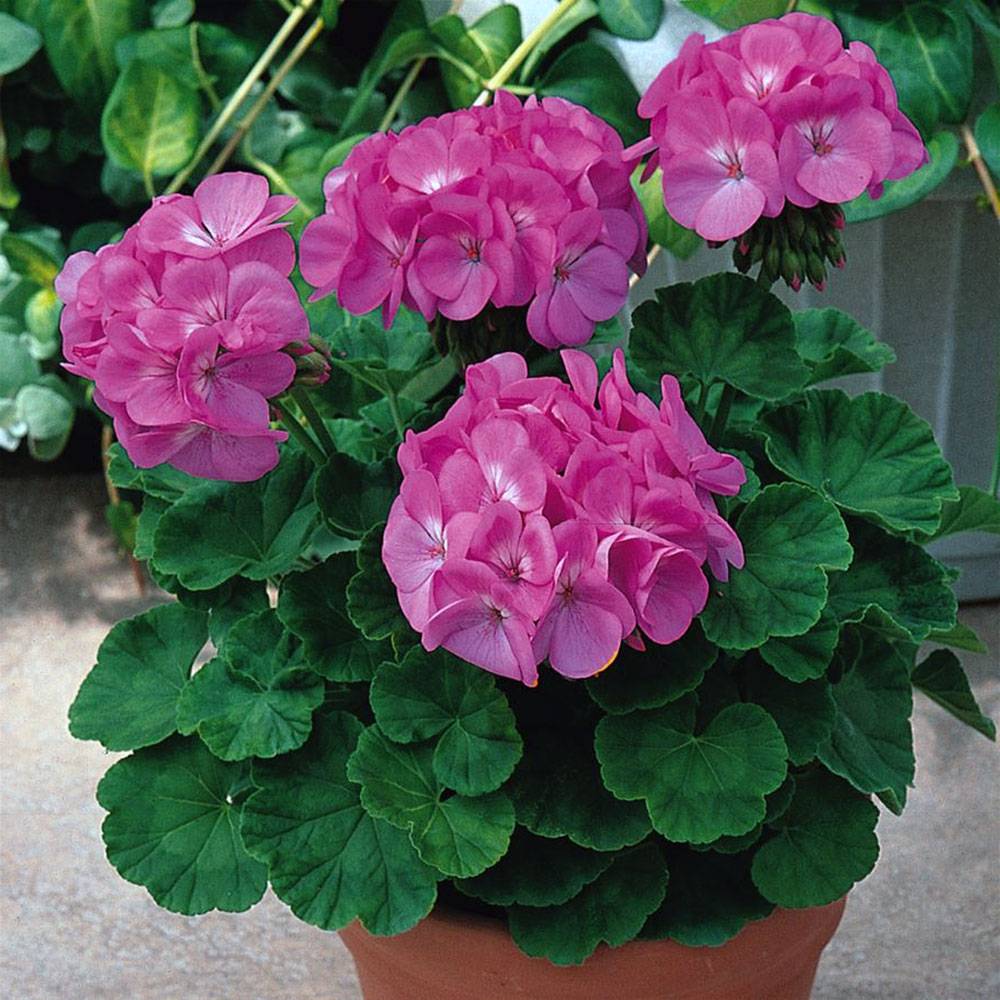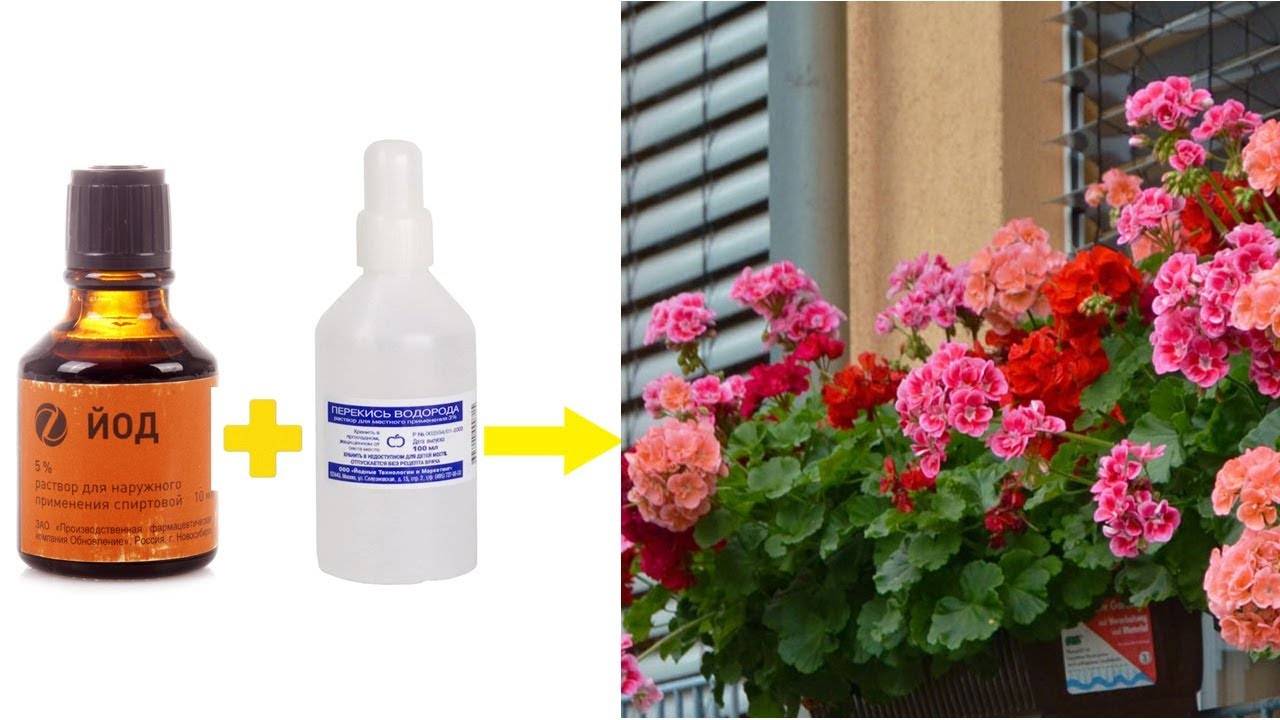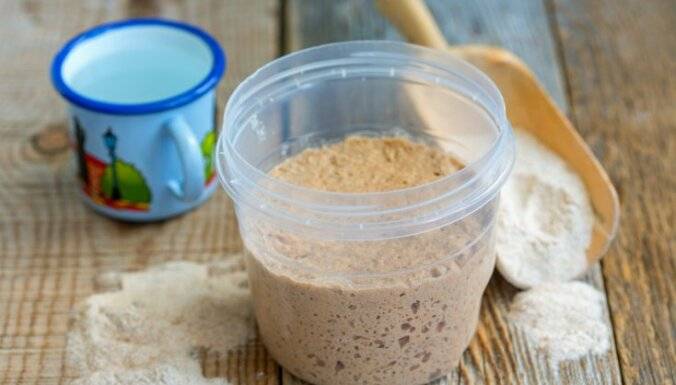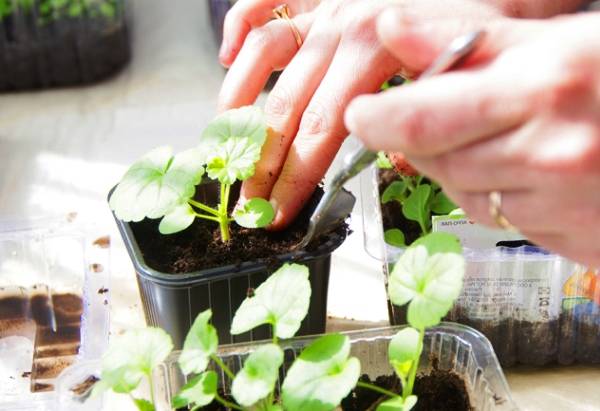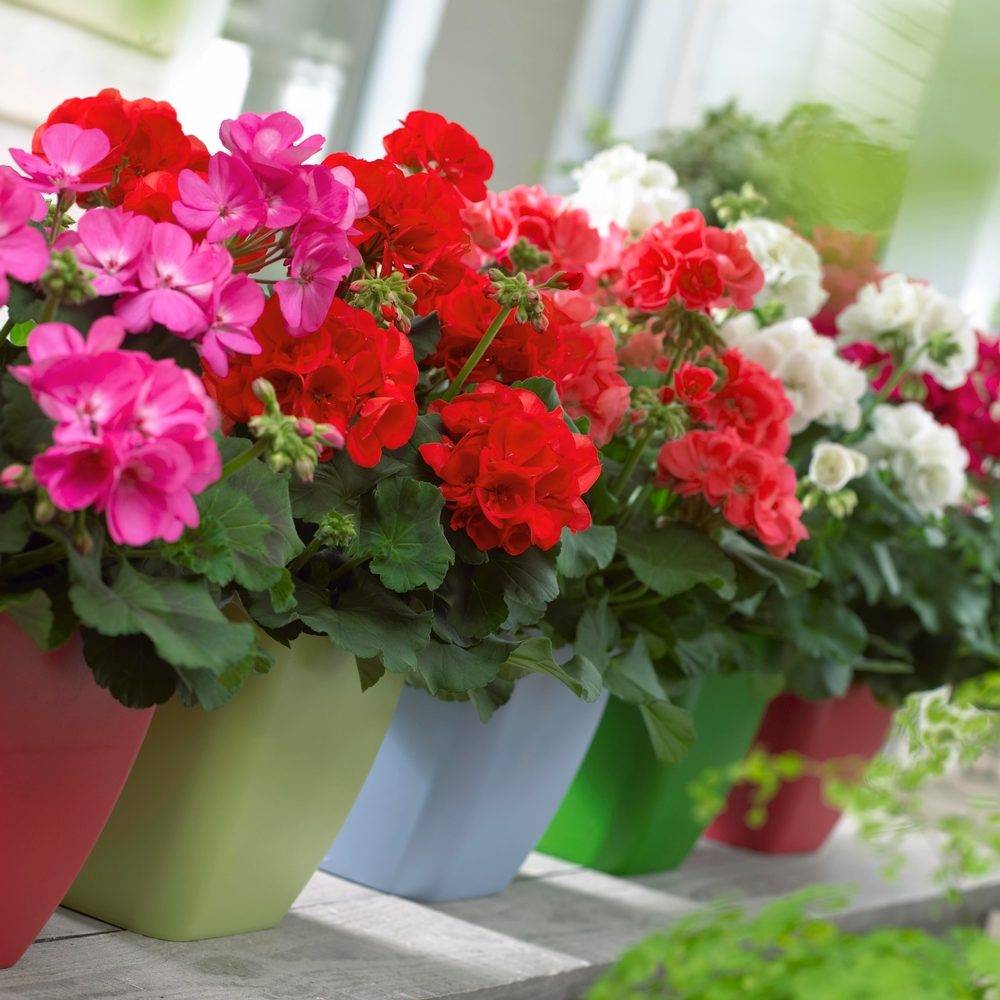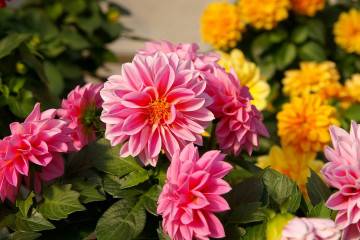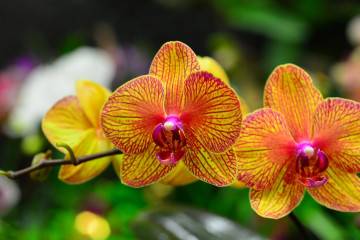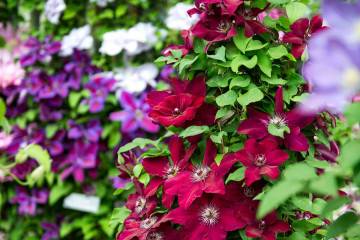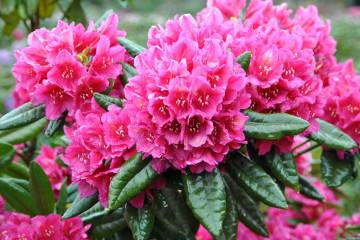How to feed geraniums - means for abundant flowering and growth
Content:
It is difficult to find a flower more common than indoor geranium. It can be kept both on the windowsill and in the garden. But even such a fairly easy-to-care plant needs certain conditions to be met, among which is the correct feeding for geraniums for flowering.
Symptoms that geranium needs feeding
For the full development of pelargonium, as well as long lush flowering, it is worth applying fertilizers to the soil. Depletion can occur 3 months after planting. As a result, the flower will not be able to replenish the complex of essential nutrients. Therefore, flower growers are advised to add additional vitamins and minerals regularly.
The main indicators that the plant lacks fertilizer are:
- slow growth in spring and summer;
- lack of flowering during the period of activity;
- fading sick look.
The lack of nutrients in the leaves is especially noticeable. In this case, they look pale, yellow, with dry edges, grow poorly and remain small.
The defeat of geraniums by various diseases is a clear sign of an insufficient amount of fertilizers in the soil.
A long absence of flowering indicates that the bush needs feeding. There are many options for fertilizing geraniums in this case. Each grower chooses a suitable composition individually.
Fertilization frequency and dosage compliance
Plant feeding is classified into permanent, which is applied regularly according to the periods of flower development, and urgent, which is used in case of deterioration of the flower's condition.
The frequency of feeding depends on the season. In winter and autumn, when geranium is at rest, the amount of fertilizer is reduced or completely stopped. With the onset of spring, feeding is resumed, it is especially important to regularly fertilize the flower during flowering. However, you should not get carried away, since an excess of nutrients will lead to a disruption in the development and growth of geraniums.
Fertilizers are applied to the soil an hour after watering, this method will not damage or burn the root system of the flower.
Top dressing geraniums depending on the season
In the spring, it is important to choose the necessary complex of minerals than to feed the geranium to obtain abundant flowering. For this, both ready-made special preparations and folk remedies are suitable, with which the plant is regularly watered 2 times a week. Fertilizer for geraniums usually start in March.
Active growth and flowering of geraniums takes place throughout the summer. During this period, experts recommend applying fertilizers at least once every two weeks. This will allow the flower to maintain a healthy decorative appearance and prolong flowering until autumn.
With the onset of the autumn period, the amount of dressings is gradually reduced to a minimum. As a result, the plant goes into a dormant state. At this time, it is recommended to feed the plant no more than 1 time in 1.5 months.
With the onset of winter, the growth and development of geraniums stops, flowering stops completely and the plant goes into dormancy. During this period, flower growers stop applying fertilizers to the soil, however, when keeping pelargonium at home, you can make a half dose of mineral dressings.
What can you feed geraniums
Most often, fertilizers are used to obtain a luxurious royal look of a flower. How to water the geranium so that it blooms profusely, the specialist of the flower shop will tell you, offering a ready-made complex of dressings. The composition of such preparations includes a balanced complex of trace elements important for geranium:
- nitrates;
- phosphates;
- potassium;
- iodine.
Also, the finished products include minerals such as iron, sulfur, manganese, magnesium and calcium. After transplanting and to normalize growth, heteroauxins and glucose are introduced into the soil.
In addition to ready-made industrial complexes, you can use many folk remedies than to feed geraniums. Iodine and hydrogen peroxide are some of the popular drugs in every home medicine cabinet. Feeding geraniums for abundant flowering with iodine and peroxide is prepared at the rate of a drop of iodine and 2 ml of peroxide per 1 liter of water. No more than 60 ml of this solution is poured under one plant at a frequency of 1 every 3 weeks.
In addition to iodine and peroxide, another pharmacy remedy, boric acid, will help to make the plant bloom, in addition to iodine and peroxide. This product doubles the number of flowering geranium inflorescences. Initially, a concentrated solution is prepared from 0.5 g of powder and 2 tablespoons of boiled water, then this solution is introduced into a container with 1 liter of pure water. Boric acid treatment is carried out through spraying in the morning until the buds open.
A water solution of regular wood ash is a good option for watering geraniums to make it bloom luxuriantly. To do this, 1 tablespoon of ash is diluted in 1 liter of warm water and poured over the soil in a pot.
Sweet water is used to feed the flower with organic fertilizers. Since geranium is considered a sugar-loving plant, you can water it with sugar and water (take 3 tablespoons of sugar for 1 liter of water).
To restore the balance of calcium so that geraniums can grow normally, dairy products are used. About 150 ml of milk is poured into a liter container with water. The liquids are mixed and watered with this flower.
In the role of a growth stimulator, in addition to finished preparations, ordinary yeast is used. Pour 120 g of product into 1 liter of water and pour it over within 3-5 minutes after cooking.
Camphor will help to revive the plant after illness and restore growth. With a solution of 1 teaspoon of castor oil in 1 liter of water, you can water the soil in a flower pot or spray the leaves and young shoots.
How to water geraniums for abundant flowering at home and on the street
Unlike indoor geranium, street geranium can receive the necessary nutrients from the soil. However, for a more lush flowering, gardeners use fertilizing with phosphorus and potassium. These substances will strengthen the plant and prolong flowering. When buying a complex fertilizer with potassium and phosphorus, you should adhere to the dosage indicated on the package.
Just like indoor geranium, you can water a street plant with iodine and sweet water.
How to fertilize geranium seedlings and young plants for growth
A young plant is significantly different from an adult, in this regard, the care, including feeding, will be different. The perennial flower is a profusely flowering bush with a large deciduous mass. Such geraniums must be fed at least 2 times a week.
Young sprouts do not require a large amount of fertilizer, but it is still important to provide them with a certain complex of minerals and organics. To accelerate growth, yeast is used, which contributes to an increase in foliage, strengthens the plant and activates the early flowering of geraniums.
As organic matter, honey or sugar water is used, which gives young pelargonium a full range of essential nutrients for full development. To provide plants with mineral components, preparations containing phosphates, nitrates, calcium, zinc are used.
Also, the shell of a chicken egg is used to fertilize a young plant. This calcium-containing top dressing will help the geranium grow stronger and bounce back after transplanting.
For the prevention of infectious diseases, wood ash is used. As not only a fertilizer, but also a natural antibiotic, it will preserve the health of young pelargonium and help it actively develop and grow.
How to feed geraniums with various problems in growing
If you do not follow the basic rules for caring for geraniums, the plant can wilt, the leaves dry or change color. Flowering will become less abundant or stop altogether.
The most common problem when growing pelargonium is yellowed leaf edges. This symptom indicates a lack of potassium and phosphorus. If the upper leaves begin to dry, sulfur, manganese and calcium are used as mineral fertilizers.
Lack of nutrients leads to the fact that geranium leaves turn pale or become colorless. This phenomenon disrupts the production of chlorophyll, which leads to wilting or death of the plant. In this case, a universal complex of mineral fertilizers is used.
In case of weakening of the immune system of pelargonium, there is a risk of infection with fungal infections or damage by harmful insects. Regular feeding will help keep the plant healthy and prevent the occurrence of various diseases.
Like any organism, pelargonium needs adequate nutrition for active growth and development. Regular feeding with mineral and organic substances will help you get a beautiful decorative flower that will delight you with lush, long flowering.
